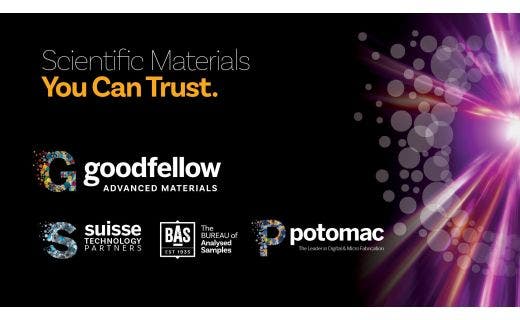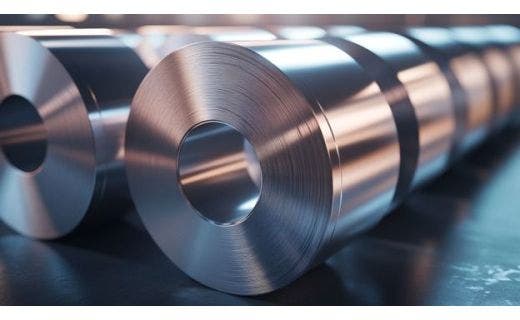Your Solution for High Temperature Materials
As the next generation of high-temperature insulation materials, this product’s exceptional properties and versatile applications are revolutionizing the field of thermal ceramics.
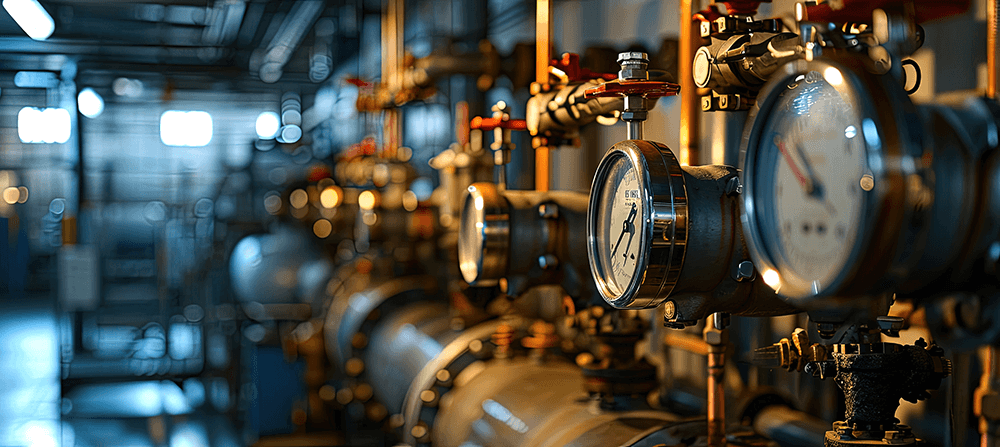

Product Benefits
Superwool is a versatile and high-performance insulation material that showcases exceptional properties that make it ideal across a wide range of applications including:


Superior Insulation Properties
As an alkaline earth silicate (AES) fiber-based material, Superwool exhibits remarkable insulation properties, especially at elevated temperatures. Its unique composition ensures high thermal resistance, making it an excellent choice for applications requiring heat containment.


Low Thermal Conductivity
Superwool boasts remarkably low thermal conductivity, allowing for effective thermal insulation in a wide range of environments. By reducing heat transfer, it helps maintain desired temperatures, resulting in energy efficiency and cost savings.


Safe-to-Use Alternative
Superwool is a safe-to-use alternative to traditional insulation materials which may carry potential health risks. Unlike other fibrous materials, any Superwool fibers that may be inhaled are naturally removed by the body's processes, reducing health concerns for workers and end-users.


High Classification Temperature
With its high classification temperature, Superwool can withstand extreme heat conditions without compromising its insulation properties. This makes it a reliable choice for high-temperature processes across various industries.


Low Shrinkage
Minimal shrinkage even at high temperatures means that Superwool has dimensional stability and preserves the integrity of insulation over time. This property is essential for applications that demand long-term performance and reliability.


Good Strength and Thermal Stability
Thanks to its excellent mechanical strength, Superwool can withstand rigorous operating conditions. Additionally, it maintains its thermal stability even in the presence of temperature fluctuations for long-lasting performance.


Choosing the Right Product
Already using a thermal ceramic as part of your manufacturing process or research project?
Our industry-leading Technical Solutions team are on-hand to help you take advantage of the superior properties of Superwool. No matter what the industry, or application, they will identify the right product to provide enhanced properties.
This free service to all Goodfellow customers, is just one of the ways we help you take advantage of the latest innovations by giving you more.
Our entire range complies with European Directives 2015/863/EU (RoHS 3) and 2000/53/EC (ELV), ensuring their environmental friendliness.
As part of our commitment for quality and safety, we also hold certifications for ISO 9001, EN 9100, ISO 14001, and ISO 45001.
Our Product Range
We offer Superwool 607HT paper and blankets from 2mm to 25mm thick and Superwool Plus Board at 10mm thick, including:
- Superwool 607HT Paper 2mm thick 210kg/m3
- Superwool 607HT Paper 4mm thick 210kg/m3
- Superwool 607HT Blanket 6mm thick 128kg/m3
- Superwool Plus Boards H 10mm thick 520kg/m3
- Superwool 607HT Blanket 25mm thick 128kg/m3
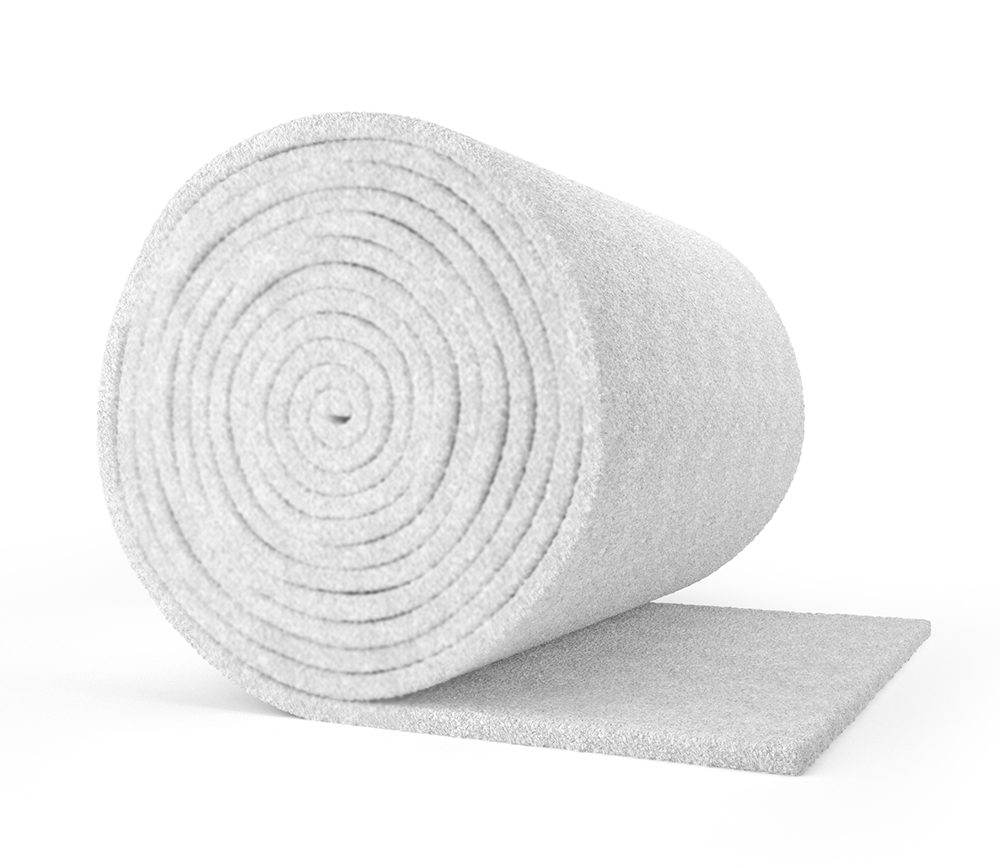

Applications
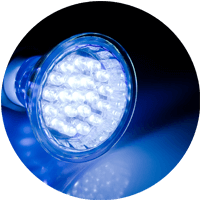

Electronics
In the electronics industry, Superwool offers efficient thermal management for the reliable and optimum performance of electronic devices. It is commonly used in electronics enclosures, circuit board insulators and LED packaging.
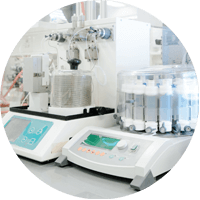

Medical
With stability under extreme temperatures, Superwool ensures optimal performance in medical applications that demand precision and reliability such as medical device components, lab equipment and research instruments.
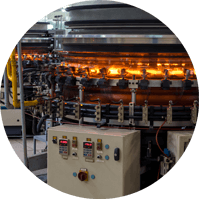

Industrial
In various industries such as power generation, metal processing and glass manufacturing, Superwool is used for lining furnaces, kilns, and ovens. Its superior insulation properties help conserve energy, increase efficiency and enhance process control.
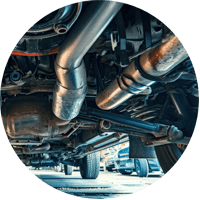

Automotive
Superwool is widely used in the automotive industry for the thermal insulation of exhaust systems, engine compartments and catalytic converters. Its exceptional heat resistance and low thermal conductivity contribute to improved fuel efficiency and reduced emissions.
What's New








